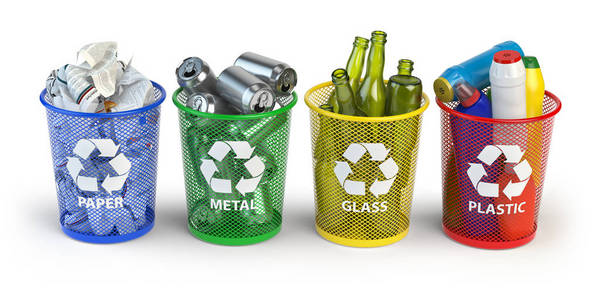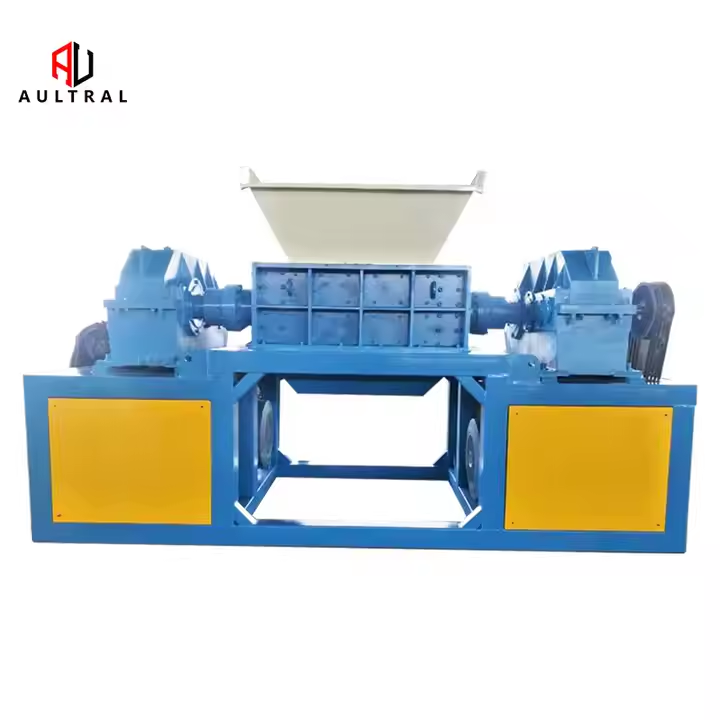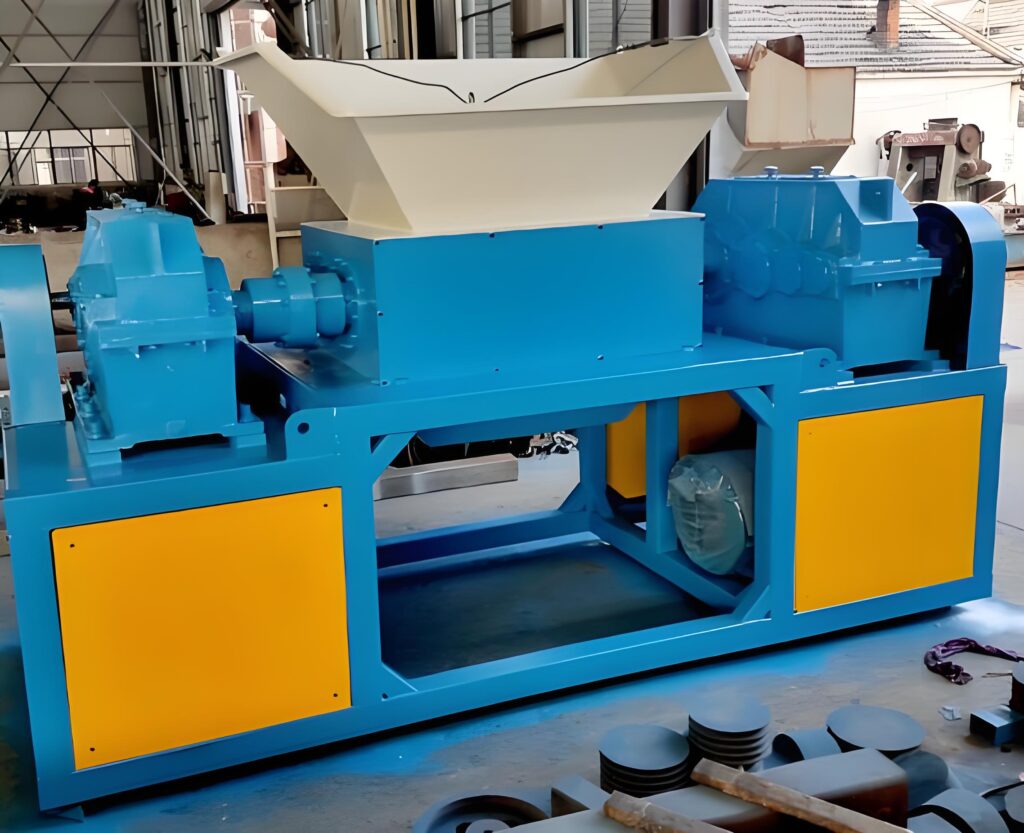♻️ Introduction: The Rising Demand for Metal Recycling Equipment
In an era where environmental sustainability and resource efficiency are top global priorities, the metal recycling industry is booming. Governments, manufacturers, and consumers alike are pushing for smarter waste management strategies—and twin-shaft shredders have become essential in this transformation.
These powerful machines are engineered for one thing: breaking down bulky metal scrap into manageable, processable sizes. From car shells and metal drums to appliances and aluminum sheets, twin-shaft shredders offer unmatched reliability and versatility in modern recycling lines.
🔧 What Is a Twin-Shaft Shredder?
A twin-shaft shredder, also known as a dual-shaft shredder, features two rotating shafts equipped with high-torque cutting blades that tear, shear, and compress even the toughest materials. Unlike single-shaft shredders (which rely on pushing material into a rotor for fine shredding), twin-shaft shredders focus on primary volume reduction and are known for their ability to handle:
-
Mixed and contaminated materials
-
Irregular or oversized scrap
-
High-density metal waste
The result? A flexible machine ideal for pre-shredding tasks in scrap yards, foundries, or metal recovery plants.
🏭 Applications in the Metal Recycling Industry
Twin-shaft shredders are the backbone of many metal recycling operations. Here’s how they’re used across different sectors:
🚗 1. Automotive Recycling
-
Dismantling and shredding of car shells, engines, axles, and bumpers
-
Pre-treatment before magnetic separation or smelting
🖥️ 2. E-Waste and Appliance Disposal
-
Shredding of washing machines, refrigerators, air conditioners, and circuit boards
-
Facilitates metal-plastic separation and component recovery
🛢️ 3. Industrial Scrap Processing
-
Handles heavy-duty steel drums, pipes, I-beams, and aluminum profiles
-
Turns bulky industrial offcuts into manageable scrap
🧯 4. White Goods & Consumer Products
-
Shredding old furniture frames, cookware, and household hardware
-
Prepares items for downstream sorting and refining

⚙️ Key Advantages of Twin-Shaft Shredders
Why are more recyclers choosing twin-shaft shredders over other designs? Here are the core benefits:
| Feature | Benefit |
|---|---|
| High Torque, Low Speed | Delivers powerful shredding with minimal energy consumption and low noise |
| Blade Versatility | Blades made of H13 or D2 hardened steel, suitable for various metals |
| Overload Protection | Ensures safety and prevents machine damage when overloaded |
| Modular Design | Allows easy replacement of blades and maintenance of shafts |
| Customizable Specs | Machine configurations (motor power, blade size, feeding box dimensions) can be tailored per customer material |
📈 Market Outlook: What’s Driving Demand?
The global metal recycling equipment market is expected to reach USD 12.5 billion by 2030, and twin-shaft shredders are forecasted to take a larger share. Driving forces include:
-
🌍 Environmental Regulations: Stricter mandates for landfill reduction and emissions control
-
🏗️ Urbanization & Industrialization: More infrastructure waste equals more scrap to process
-
🔄 Circular Economy Growth: Increasing demand for secondary raw materials like recycled steel and aluminum
-
🤖 Technology Upgrades: Shredders are being equipped with smart sensors, AI diagnostics, and automated control systems
💬 Real-World Case: Boosting Output in a Scrap Yard
One of our customers in Eastern Europe integrated a 30kW twin-shaft shredder into their ferrous and non-ferrous line. Within three months, their output efficiency improved by 40%, downtime dropped by 25%, and their scrap preparation process was cut from 3 hours to just 45 minutes per load. This shows the measurable value of quality shredding equipment.
🧭 Choosing the Right Twin-Shaft Shredder
When selecting a twin-shaft shredder, consider the following:
-
Material Type: Thin aluminum sheets require different blade spacing than dense engine blocks
-
Output Requirements: Know whether your goal is rough shredding or preparation for melting
-
Feeding Mechanism: Conveyor belt, grabber, or manual loading
-
After-Sales Service: Choose a supplier who offers strong technical support, spare parts, and warranty

🔍 Final Thoughts
Twin-shaft shredders are no longer just a heavy-duty tool—they are a strategic investment for any metal recycling facility aiming to scale, improve efficiency, and stay compliant with global sustainability standards.
💬 Let’s Discuss
How do you think AI and automation will shape the next generation of shredders in the recycling industry? Could predictive maintenance and machine learning enhance shredder performance and safety?
Share your thoughts in the comments below or reach out to our team for collaboration opportunities!

